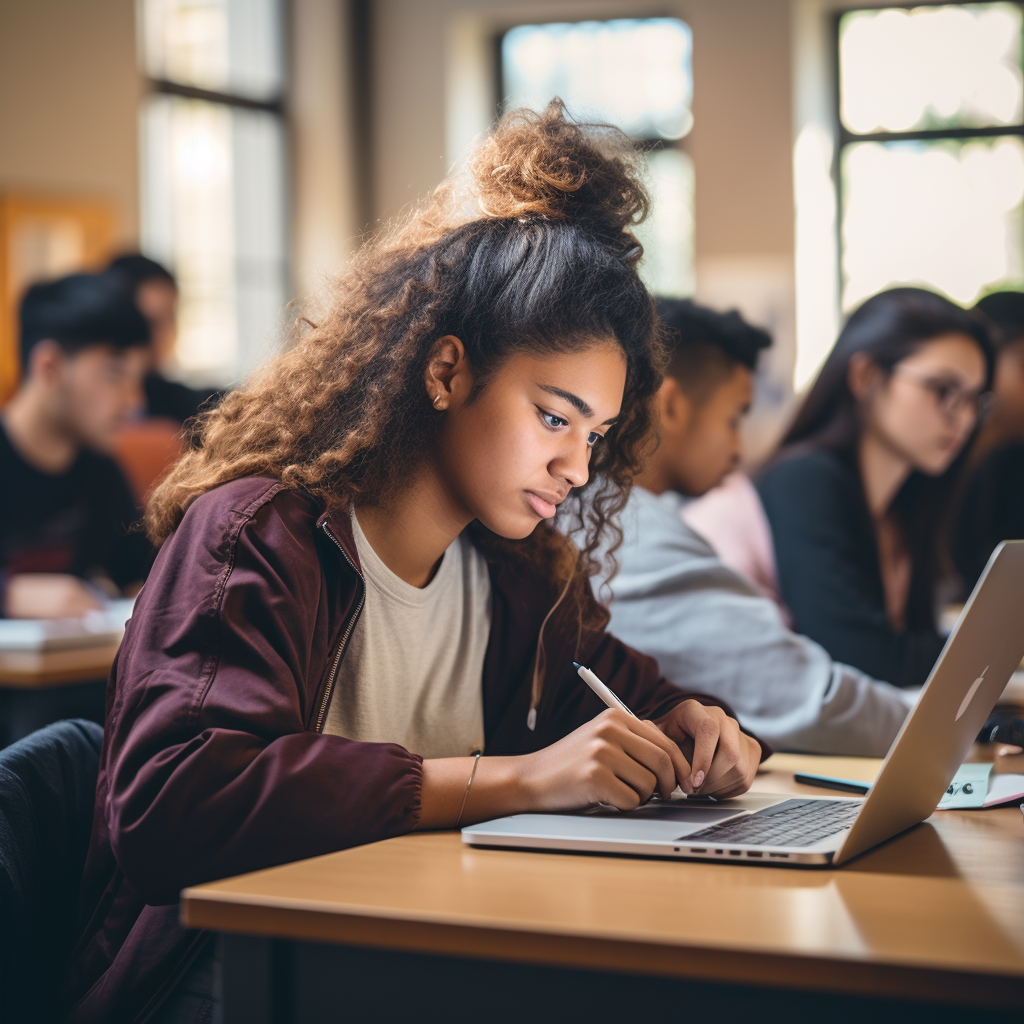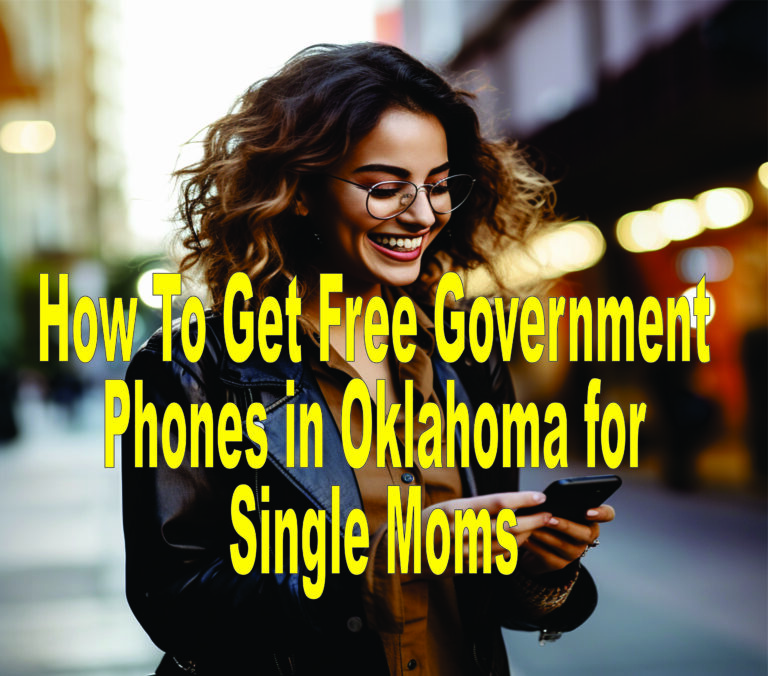5 Ways To Get Free Internet For Students

Last Updated on June 20, 2024 by Wade
As a student who experienced the challenges brought about by the COVID-19 Pandemic, I understand firsthand the difficulties we faced. We were abruptly transitioned from physical classrooms to online learning to curb the spread of the virus. However, it became evident that not all students had the necessary access to the Internet, mainly due to its cost and limited availability. That is why internet providers are doing something to help with the situation. They offer free or discounted internet and Wi-Fi options to students from low-income households.
New Customer Promos To Get Free Internet For Students
Allow me to share some valuable insights about new customer promotions aimed at providing free internet access to students.
AT&T
Participating K-12 schools and colleges are their partners to offer free wireless data for 60 days via school-issued 4G and hotspot devices. These cellular signals are available to most households that don’t have broadband internet.
Drawing from my own experience, I can confirm that AT&T provides a valuable service known as Access at AT&T, designed to assist low-income individuals like myself. Eligible participants, including those who receive Supplemental Security Income or Supplemental Nutrition Assistance (SNAP), or benefit from National School Lunches (NSLP) and Head Start programs, can access two months of complimentary internet service.
AT&T is available in 21 States with the most extensive coverage in California, Texas, and Florida. The 21 states are Nevada, Kansas, Oklahoma, Missouri, Arkansas, Wisconsin, Illinois, Louisiana, Mississippi, Alabama, Georgia, Florida, Tennessee, Kentucky, Indiana, Ohio, Michigan, California, Texas, North and South Carolina.
Comcast Xfinity
Xfinity gives new customers prepaid Visa gift cards for $150. The deal also comes with a free self-installation without an upfront fee. However, the gift card will arrive after you have signed up and installed. This means you’ll have to pay for the two months before you get reimbursed through the gift card.
I found that some providers go the extra mile in my experience. For instance, they offer not only two months of free internet service but also the Internet Essentials package with speeds of up to 25Mbps. To qualify, you typically need to have a limited income that makes you eligible for Medicaid, Supplemental Security Income (SSI), Housing Assistance, and various other federal programs designed to support low-income families.
Charter Spectrum
New customers of Charter Spectrum can receive free broadband and Wi-Fi with up to 100 Mbps for 60 days. Those with K-12 students or College students can apply for a Spectrum service and receive the deal with installation and prepayment fees waived. However, this deal is only for new customers.
Optimum And Suddenlink (Altice)
Based on my research and personal experience, Altice, the parent company of Optimum and Suddenlink, extends a helping hand to new customers in need. Households with K-12 or college students who lack home internet service can apply for the Altice Advantage program, which offers a 30Mbps broadband solution. Call the following numbers to apply:
- 866-200-9522 (Optimum region)
- 888-633-0030 (Suddenlink region)
Cox Communications
I’d like to share an important detail about Cox Communications. They offer a discounted starter package, providing a 50Mbps connection for just $20 per month, a significant savings compared to their regular 10Mbps plan, which typically costs $30 per month.
In my experience, Connect2Compete has been a valuable resource for low-income families seeking internet access. They not only provide two free months with speeds of up to 50Mbps but also offer affordable plans at just $10 per month after that initial period. Eligible households include those with children who qualify for the National School Lunch Program (NSLP), Supplemental Nutrition Assistance Program (SNAP), and various other federal or local assistance programs.
The company also has a low-income internet program, Connect2Compete. Cox is offering two months free ($10 per month after) and increasing speeds to 50Mbps. Families with K-12 children eligible for NSLP, SNAP, and those who receive Tenant-Based Vouchers, Project-Based Vouchers Section 8 Project-Based Rental Assistance (PBRA), or those who live in Public Housing can apply.
Free Wi-Fi Hotspots To Get Internet For Students
Google Fiber
Regarding Google Fiber, they’ve taken an admirable step by offering free Wi-Fi hotspots within their service areas in select states. Visit the Google Fiber page to learn more about their services.
Vyve Broadband
They offer free unlimited Wi-Fi access at different locations. The offer is available in 16 states, visit the Vyve Broadband site to check if it’s available near you.
Bevcomm
Offers free unlimited Wi-Fi access in service areas located in Minnesota, Wisconsin, and Iowa.
Cincinnati Bell
Provides Wi-Fi hotspots in service areas located in Indiana, Kentucky, and Ohio. Visit the Cincinnati Bell page to find hotspots near you.
Schools Can Offer Free Internet For Students
To address the digital divide, some school districts have taken innovative steps, such as deploying Wi-Fi-enabled school buses that strategically park in various neighborhoods, ensuring students have access to the internet. Visit the US News article to learn more about it. Besides, some districts are partnering with cell phone providers. These providers would give LTE-enabled tablets or mobile hotspots to students in need.
Public Libraries Provide Free Internet For Students
One of the most impactful resources for students in these challenging times has been public libraries, offering free internet access as a lifeline.
Libraries have consistently proven to be reliable resources, frequently providing internet access for individuals who may not have the means to afford it. There are two ways that most libraries are able to access the Internet: Wi-Fi access within the library and computers connected to the Internet.
Public libraries have been a lifeline for students like me. They not only provide free public Wi-Fi access but over 99% of libraries also offer computer stations with internet access. Most libraries require just a library card for internet access, making them an invaluable resource for students during these times. This is often available for free.
Major Chains And Cafes To Get Free Internet For Students
Having navigated the challenges of remote learning myself, I can attest that several major chains and cafes offer free Wi-Fi access to their customers. These well-known establishments, including Starbucks, McDonald’s, Tim Hortons, Panera Bread, Dunkin’ Donuts, Barnes and Noble, Buffalo Wild Wings, Whole Foods, Target, KFC, and Wendy’s, have been essential in providing students like me with reliable internet access during these trying times.
For those of us navigating the demands of student life, it’s essential to know that there are options available, including potential assistance to get a free laptop.









